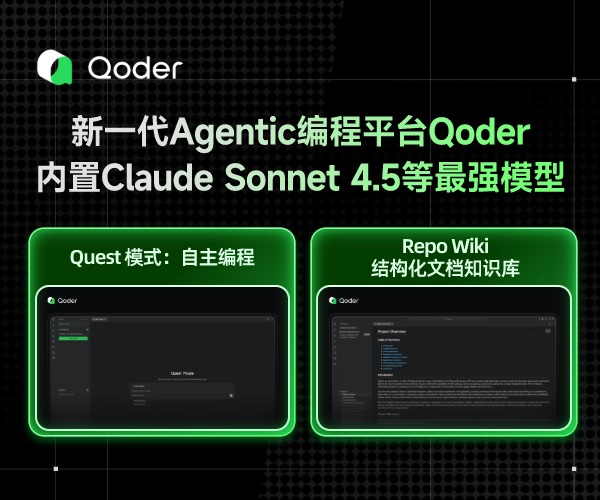Enumeration - 枚举类
Enumeration(枚举)接口的作用和Iterator类似,只提供了遍历Vector和HashTable类型集合元素的功能,不支持元素的移除操作。
在Java中,Enumeration是一个接口,用于遍历集合类中的元素。它是Java早期的遗留接口,已经被Iterator接口取代。然而,有些旧的代码库或第三方库仍然使用Enumeration接口,因此了解如何遍历Enumeration对象仍然是很有价值的。
一、Enumeration对象的遍历方法
1. 创建Enumeration对象
首先,需要获取一个Enumeration对象。通常,Enumeration对象是由集合类的方法返回的,例如Vector.elements()方法返回一个Enumeration对象。
Vector<String> vector = new Vector<>(); vector.add("Apple"); vector.add("Banana"); vector.add("Orange"); Enumeration<String> enumeration = vector.elements();
2. 使用hasMoreElements()方法判断是否还有元素
在遍历Enumeration对象之前,需要使用hasMoreElements()方法检查是否还有更多的元素可遍历。该方法返回一个布尔值,表示是否存在下一个元素。
while (enumeration.hasMoreElements()) { // 遍历代码 }
3. 使用nextElement()方法获取下一个元素
如果hasMoreElements()方法返回true,则可以使用nextElement()方法获取下一个元素。该方法返回Enumeration对象中的下一个元素,如果没有更多元素,则抛出NoSuchElementException异常。
while (enumeration.hasMoreElements()) { String element = enumeration.nextElement(); // 处理元素的代码 }
4. 完整的遍历Enumeration对象的代码示例
import java.util.Enumeration; import java.util.Vector; public class EnumerationExample { public static void main(String[] args) { Vector<String> vector = new Vector<>(); vector.add("Apple"); vector.add("Banana"); vector.add("Orange"); Enumeration<String> enumeration = vector.elements(); while (enumeration.hasMoreElements()) { String element = enumeration.nextElement(); System.out.println(element); } } }
二、Java8中Enumeration接口的源码
public interface Enumeration<E> { /** * Tests if this enumeration contains more elements. * * @return <code>true</code> if and only if this enumeration object * contains at least one more element to provide; * <code>false</code> otherwise. */ boolean hasMoreElements();//判断是否包含元素 /** * Returns the next element of this enumeration if this enumeration * object has at least one more element to provide. * * @return the next element of this enumeration. * @exception NoSuchElementException if no more elements exist. */ E nextElement();//获得下一个元素 }
通过Enumeration的源码分析可得,Enumeration有两个方法:
(1)boolean hasMoreElements(); //是否还有元素,如果返回true,则表示至少含有一个元素
(2)E nextElement(); //如果Enumeration枚举对象还有元素,返回对象中的下一个元素,否则抛出NoSuchElementException异常。
简单示例:
public class TestEnumeration{ public static void main(String[] args){ Vector v = new Vector(); v.addElement("Lisa"); v.addElement("Billy"); v.addElement("Mr Brown"); Enumeration e = v.elements();//返回Enumeration对象 while(e.hasMoreElements()){ String value = (String)e.nextElement();//调用nextElement方法获得元素 System.out.print(value); } } }
本文来自博客园,作者:啊满,转载请注明原文链接:https://www.cnblogs.com/cxiaojiang/articles/18028972



 浙公网安备 33010602011771号
浙公网安备 33010602011771号